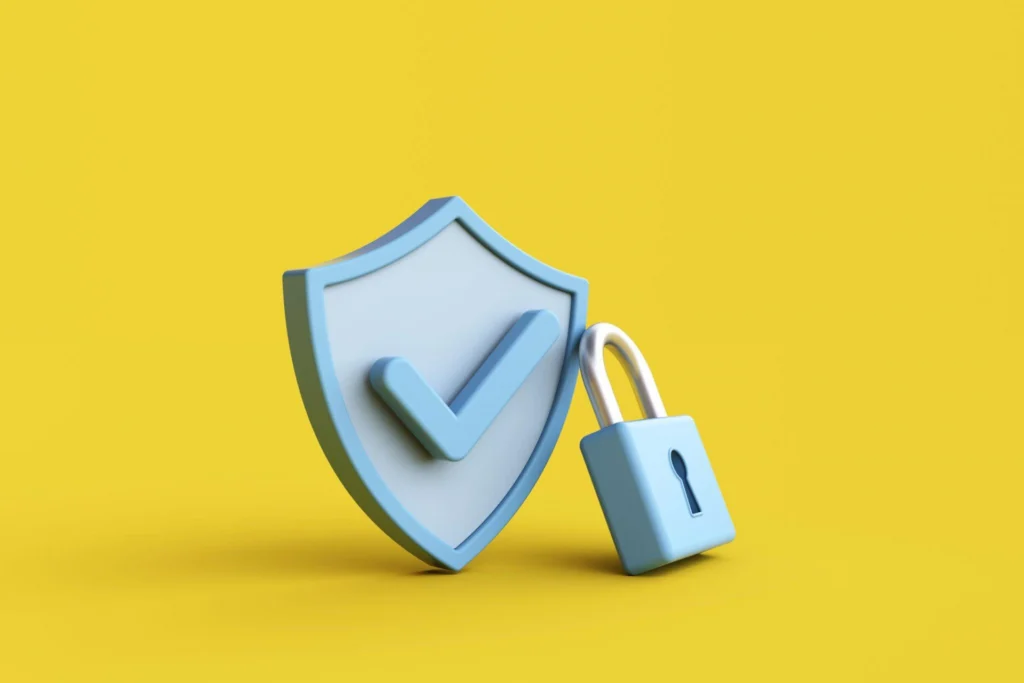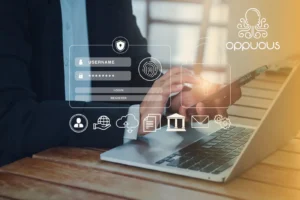From protecting physical systems with restricted room access to modern-day remote security monitoring, cybersecurity services have evolved greatly over time. How did it all start? Did someone just wake up deciding to be a hacker, or is there more depth to the lore?
Let’s walk down the technology lane today and see how cybersecurity services have evolved over the years.
If you want to secure your business and save some bucks, switch to Oppuous! Our security experts ensure your systems are never compromised!
History of Cyber Security Services
The Early Days
Nearly a century ago, there were no cases of “cyber threats” because CPUs back then were room-sized just to perform simple mathematical calculations. Due to their massive sizes, computers were locked in rooms, and only selected people could access them.
These computers were only owned by large companies and government organizations and operated in isolation. With computers few in number and without a network, there was no need for cybersecurity services.
Phone Pranks Era
Hacking originated in the 1950s, although not in computers. People with extensive knowledge of landlines altered protocols, allowing them to make long-distance calls without paying a cent to phone service providers.
Hacking Evolves
Computer hacking started taking shape from 1960 to 1980. From gaining physical access to computer mainframes to using passwords, things were changing. The first-ever penetration test was also conducted during this period.
However, the impact of these events still didn’t concern the general public, until the next decade.
The Inception of Cybersecurity Strategy
The boom of the internet in the 1990s allowed access to the internet with a computer and became the foundation for improving cyber security services.
An “accidental” malware named DiskKiller affected any computer it came in contact with. While it wasn’t the quickest, it had the ability to delete files from users’ hard disks. The world started using antivirus programs, and hacking grew in sophistication. To bypass antivirus software, hackers tried new ways to gain access to computers via the internet.
In an effort to defend people from the uprising of cybercriminals, Taher Elgamal, chief scientist at Netscape Communications, gave the world SSL (security socket layer). This kept all online activities, such as transactions, transfers, and browsing, secure. It was the HTTPS (hypertext transfer protocol secure) of the ’90s kids.
Cyber Threats Become Prevalent in the New Gen
The 2000s saw the biggest increase in computer advancement. With the majority of people now owning digital devices, hackers seized their opportunity. Keep in mind that this was before things like detection and response and incident response were readily available. A simple visit to a website filled with viruses was enough to put a system at severe risk.
Fast forward to today. Even now, we see large corporations like Microsoft becoming prey to online criminals. Large scale data breaches demonstrate that a firm’s security posture matters and shows the importance of robust cyber security services.
Oppuous’ IT management services allow small businesses to maintain a great security posture and keep hackers at bay.
The Current State of Cyber Security Services
Businesses today may use security assessment sessions to learn whether their security controls are working as intended. Further, a risk assessment helps them to identify any potential loopholes hackers can exploit.
Among the most common modern-day cybersecurity services is software updates. Companies use the latest security protocols of multiple applications when installing the latest versions.
Thanks to the advent of AI (artificial intelligence), security companies can also learn of a malicious attack before it hits a system with incident response services. Since AI is still growing, its potential cannot be predicted immediately.
The Future of Cyber Security Services
A 2024 Deloitte survey asked multiple questions to executives around the world about their plans to stay digitally safe. Fifty percent of the leaders worldwide favored the cloud as part of their cyber security services and strategies.
Machine learning is another field of study set to help all businesses in the future. Its ability to identify patterns in large data makes it a good choice to spot malicious attacks in the early stages.
A factor remaining constant (and rightfully so) for staying safe online is employee training. According to the same survey by Deloitte, annual employee training is the second most common activity conducted to increase information security. This came in second to businesses using strategic plans to defend against potential system breaches.
Keep Systems Secure with Oppuous!
Nearly every 40 seconds, a hacker makes their move. To counter this, firms must stay ahead of them with the latest cyber security services.
At Oppuous, we equip all small businesses with the latest security protocols, provide advisory services, conduct employee training, facilitate endpoint security, and do much more to keep your systems secure. Contact us today and keep your company digitally safe.









